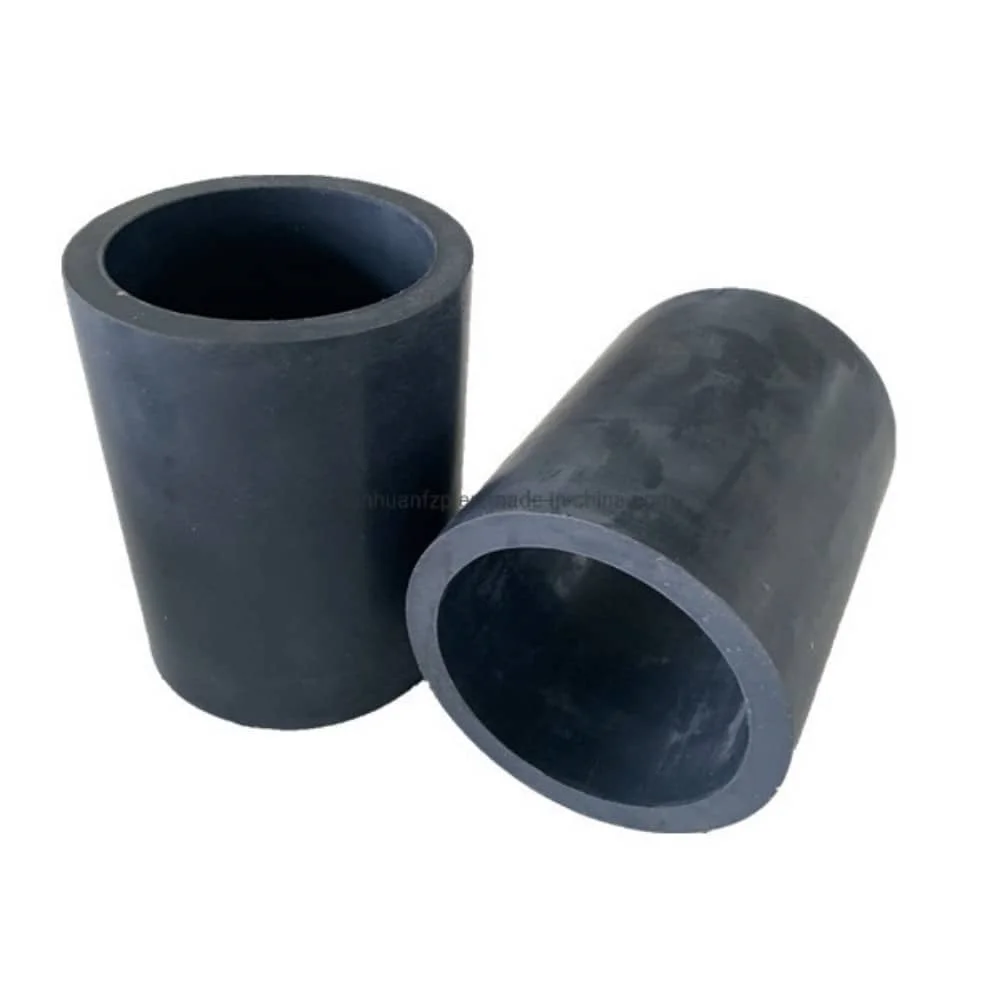Effective Techniques for Camphering PTFE Tubes
In the world of industrial applications, PTFE (Polytetrafluoroethylene) tubes are celebrated for their exceptional properties, such as high chemical resistance, low friction, and excellent thermal stability. However, to fully utilize these advantages, the ends of PTFE tubes often require camphering—a process that involves creating a bevel or taper on the edges of the tube. This article delves into effective techniques for camphering PTFE tubes, providing you with the knowledge to achieve precise and efficient results.
Camphering is an essential step when preparing PTFE tubes for various applications. The process involves tapering or beveling the ends of the tubes to ensure they fit snugly into connectors or other components. This not only enhances the tube’s performance but also prevents damage during installation. Moreover, camphering can reduce the risk of tube cracking and improve fluid flow, making it a crucial step in high-performance setups.
Preparing for the Camphering Process
Before diving into the techniques, it’s important to prepare your workspace and tools. Ensure you have the necessary equipment, such as a chamfering tool or a deburring tool, and safety gear including gloves and goggles. Working in a clean, well-lit environment will also contribute to more precise results.
Selecting the Right Tools
- Chamfering Tools: These tools are specifically designed to create a beveled edge on tubes. Available in various sizes, they can accommodate different diameters of PTFE tubes.
- Deburring Tools: Essential for smoothing out any rough edges after champhering. They ensure that the tube ends are clean and free from any burrs that could impede performance.
- Cutting Tools: A clean, straight cut is crucial before chamfering. Ensure your cutting tool is sharp to avoid frayed edges.
Techniques for Camphering PTFE Tubes
Manual Camphering
Manual camphering involves using handheld tools to create a bevel on the tube ends. This method is suitable for small-scale operations or when precision is paramount.
- Clamp the Tube: Secure the PTFE tube in a vise to prevent movement during the process. Ensure the tube is firmly held but not overly compressed, as PTFE is a soft material that can deform.
- Use a Chamfering Tool: Hold the chamfering tool at a 45-degree angle to the tube’s end. Gently rotate the tool around the tube, applying consistent pressure to create an even bevel.
- Deburr the Edges: After champhering, use a deburring tool to smooth out any roughness. This step is crucial to ensure the tube fits seamlessly into connectors.
Mechanical Camphering
For large-scale operations or when dealing with numerous tubes, mechanical camphering offers efficiency and uniformity.
- Set Up the Machine: Install the PTFE tube into the camphering machine, ensuring it is aligned correctly. Adjust the machine settings according to the desired bevel angle and depth.
- Automate the Process: Start the machine, allowing it to rotate the tube while the chamfering blade creates a uniform taper. Monitor the process to ensure consistent results.
- Quality Check: Once completed, inspect the tube ends for any imperfections. Use a deburring tool if necessary to achieve a smooth finish.
Advanced Techniques
For specialized applications, advanced techniques like CNC machining can be employed. This method allows for precise control over the chamfering process, ideal for complex or custom requirements.
Tips for Achieving the Best Results
- Consistent Pressure: Whether manual or mechanical, applying consistent pressure is key to achieving an even bevel.
- Regular Tool Maintenance: Keep your tools sharp and clean to ensure they perform optimally.
- Practice: Like any skill, camphering requires practice. Start with scrap pieces of PTFE to hone your technique before working on final pieces.
Safety Considerations
When working with PTFE tubes, it’s important to adhere to safety guidelines. Always wear protective gear to shield yourself from debris. Additionally, work in a well-ventilated area to avoid inhaling any particles generated during the process.
Conclusão
Camphering PTFE tubes is a critical step in preparing them for industrial applications. By understanding the importance of this process and utilizing the right techniques and tools, you can ensure your PTFE tubes perform optimally and have a longer lifespan. Whether you choose manual, mechanical, or advanced methods, the key is to practice and refine your skills for the best outcomes. With these insights, you’re now equipped to tackle camphering with confidence and precision.










